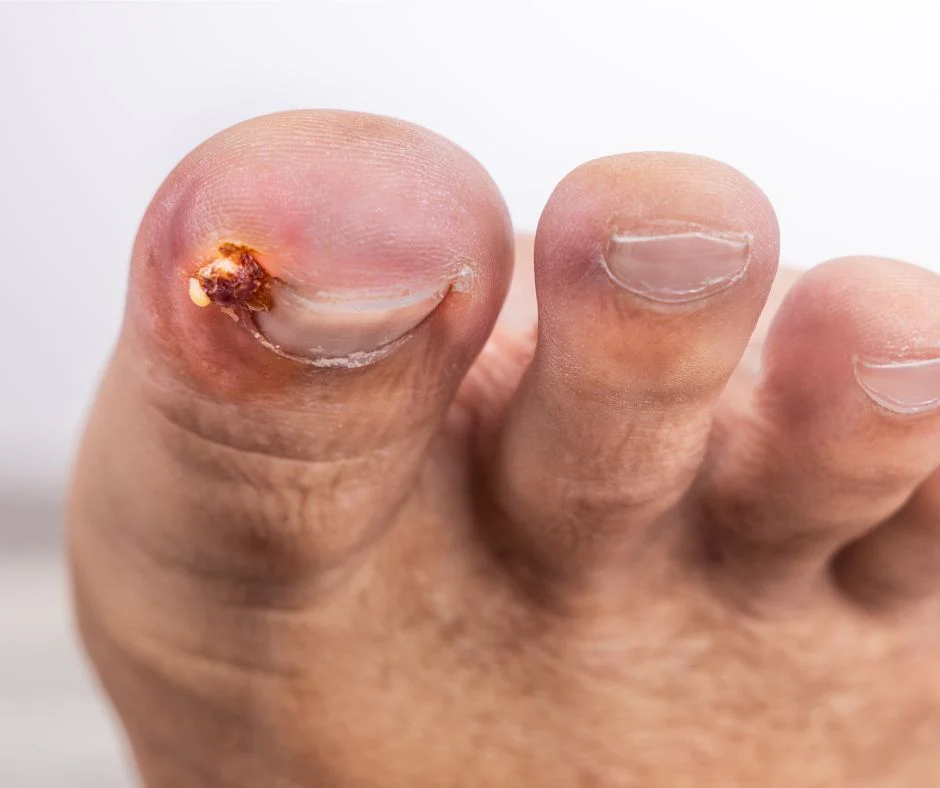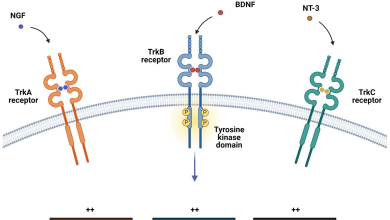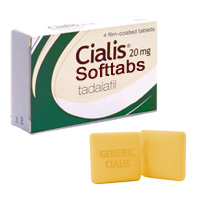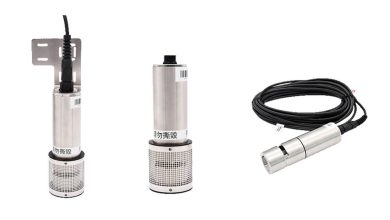Who Can Explain Toenail Removal Healing Stages Clearly?
Who Can Explain Toenail Removal Healing Stages Clearly?

Toenail removal, whether partial or complete, is a common procedure used to address various toenail problems, such as ingrown toenails, fungal infections, or trauma. If you’ve had toenail removal surgery or are considering it, understanding the healing stages can provide clarity and help manage your expectations for recovery. But who can explain toenail removal healing stages clearly? Let’s dive into the process and find out.
The Healing Journey: What to Expect
Toenail removal is a straightforward procedure performed by a skilled podiatrist or orthopedic surgeon. The healing journey involves several stages, each marked by specific changes and milestones. Here’s a clear breakdown of what you can expect during the healing process:
- Immediate Post-Procedure Phase (Days 1-3)
What’s Happening: Right after the toenail removal, the area around the nail bed will be tender and swollen. You might notice some bleeding, which is normal and typically managed with bandages and antiseptics.
What to Do: Follow your healthcare provider’s instructions for wound care meticulously. This usually involves keeping the area clean and dry, changing dressings regularly, and taking prescribed pain relievers if needed. Avoid putting pressure on the affected foot to minimize discomfort and promote healing. - Early Healing Phase (Days 4-14)
What’s Happening: During this period, the initial pain and swelling should start to subside. The wound may begin to scab over, and new tissue will start forming. It’s important to watch for signs of infection, such as increased redness, swelling, or discharge.
What to Do: Continue to care for the wound as directed. You may be advised to gently clean the area with mild soap and water. Maintain good foot hygiene and avoid activities that could stress the healing toenail bed, such as excessive walking or wearing tight shoes. - Mid-Term Healing Phase (Weeks 2-6)
What’s Happening: The toenail bed is well into the healing process, with new skin and tissue growing to cover the exposed area. The discomfort should continue to lessen, although you might still experience some sensitivity.
What to Do: You can gradually resume normal activities, but be cautious to avoid trauma to the area. If you have stitches, they may be removed during a follow-up visit. Continue monitoring the area for any signs of complications and keep up with any prescribed treatments or medications. - Late Healing Phase (Weeks 6-12)
What’s Happening: The new tissue will be more resilient, and the risk of complications should be minimal. If you had a partial toenail removal, the new nail may begin to grow back. The healing site should appear more settled, and any remaining tenderness will gradually fade.
What to Do: At this stage, you can return to most regular activities. However, continue to protect the toenail area from injury. Follow up with your healthcare provider as recommended to ensure that healing is progressing well. - Long-Term Recovery (Months 3-12)
What’s Happening: Full recovery may take several months, especially if the toenail was removed entirely. The new toenail will slowly grow back, and you should notice improved function and comfort as time goes on.
What to Do: Maintain good foot hygiene and keep an eye on the regrowth of the toenail. If you notice any irregularities, such as changes in color or texture, consult your healthcare provider for advice.
Who Can Provide the Best Explanation?
When it comes to understanding toenail removal healing stages, the best sources of information are typically your healthcare providers. Here’s why:
- Podiatrists and Orthopedic Surgeons: These professionals perform toenail removal procedures regularly and are highly knowledgeable about the healing process. They can provide detailed, personalized explanations based on your specific case and offer tailored advice for your recovery.
- Medical Staff at Foot and Ankle Centers: Facilities like the Foot and Ankle Center of Arizona, where experts like Dr. DiNucci are involved, often have comprehensive resources and experienced staff to guide you through each stage of healing. They can answer questions and provide reassurance throughout your recovery.
- Patient Education Resources: Many reputable medical websites and patient education platforms offer valuable insights into the healing stages. Look for resources that are reviewed by healthcare professionals to ensure accuracy.
- Support Groups and Forums: Connecting with others who have undergone similar procedures can provide practical tips and emotional support. While not a substitute for professional advice, these groups can offer useful insights and firsthand experiences.
Conclusion
Understanding the toenail removal healing stages is crucial for managing your recovery and ensuring the best possible outcome. By following the guidance of skilled professionals and adhering to post-procedure care instructions, you can navigate the healing process with confidence. Remember, if you have any concerns or notice unusual symptoms, don’t hesitate to reach out to your healthcare provider. With proper care and patience, you’ll be well on your way to a full recovery and restored comfort in no time.








